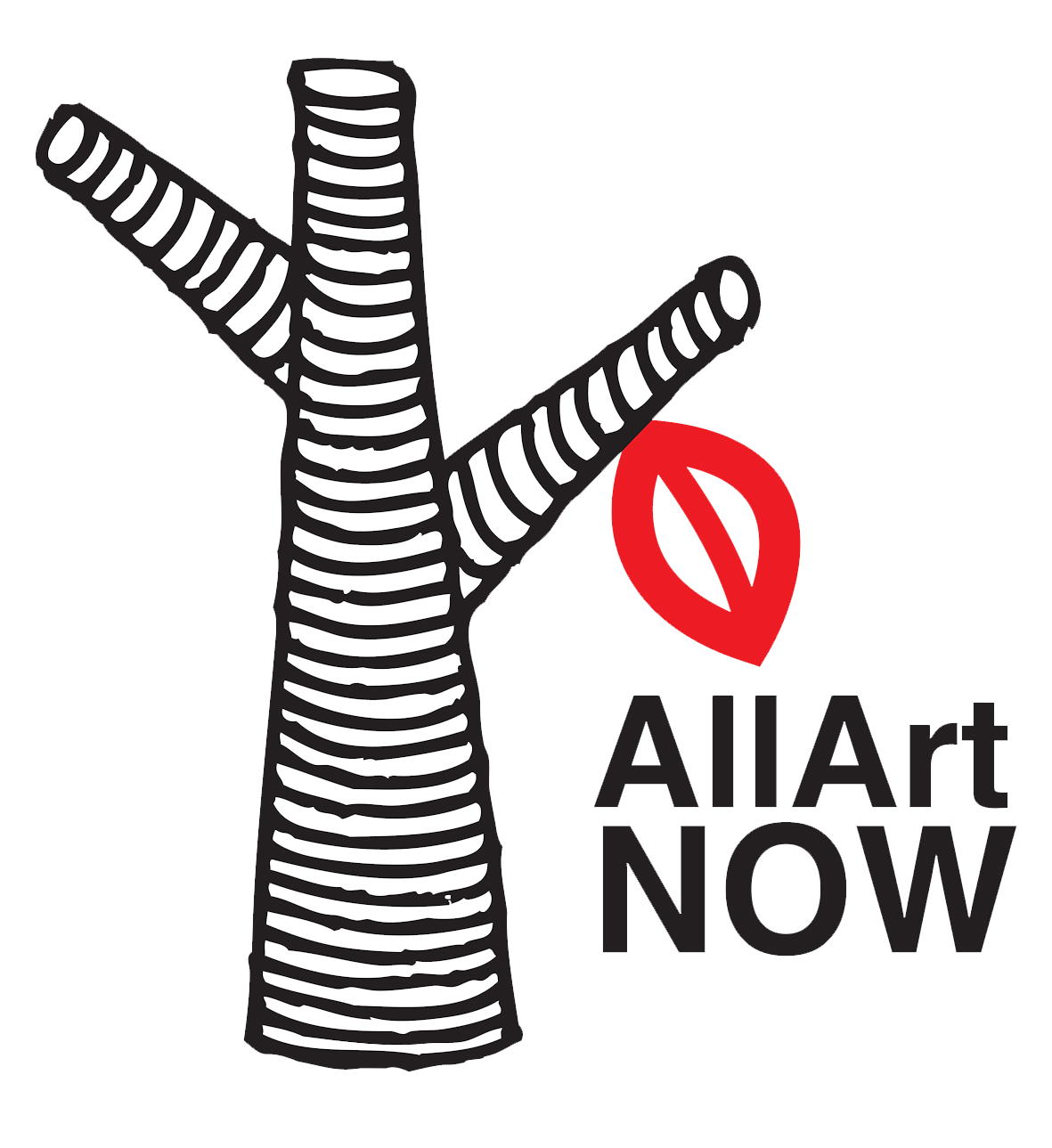Meeting of Minds/Stockholm
Artists: Areej Almansory - Isabel Lofgren - Katarina Eismann
Nisrine Boukhari - Sandi Hilal - Valeria Montti Colque
Curator: Abir Boukhari
Under the pressure of the revolutionary wave that shook Europe at the end of the First World War, the Riksdag approved universal and equal suffrage for women and men on the 24th of May 1919. In 2019, Sweden will celebrate 100 years of giving women the right to vote; this important date inspired me to start a project with female artists in "Meeting of Minds".
I invited six female artists from different cultural backgrounds. Some of them arrived at a new home in Sweden; others were born in exile or have a transcultural history. It is an invitation to meet, talk, and exchange ideas about their own experiences as female artists, how they investigate the feminist-related concepts in their artworks as well as the subject of migration.
In my project, I am focusing on the experience of feminist visual practices concerning migration and exile as personal experiences. In linking the terms "art, feminism and migration", we open a discussion about the imbalanced-seeming relations to refugee representations and push for an approach that captures the daily details of displacement and emplacement in refugee lives, how you could have transcultural personality and to become part of more than one society.
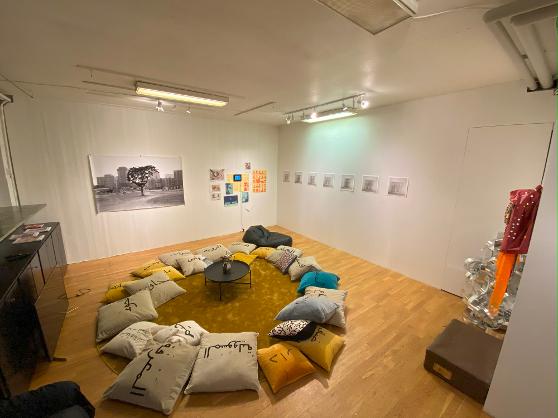
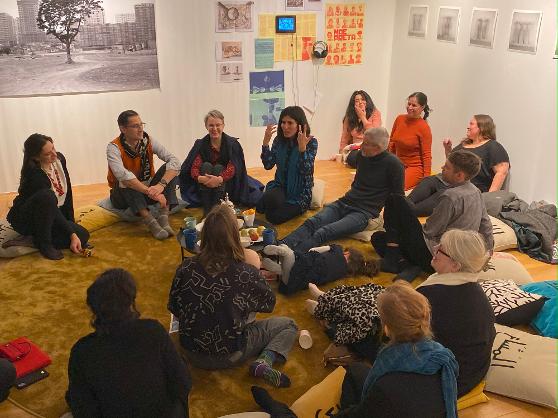
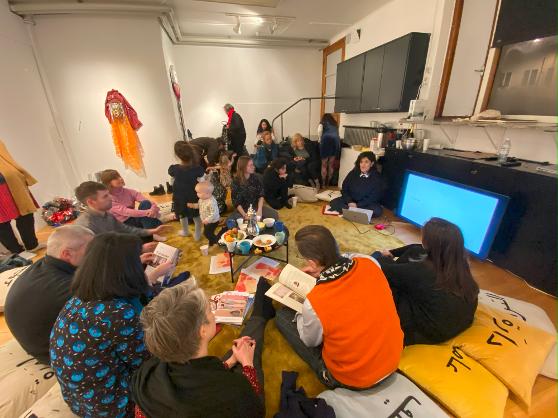
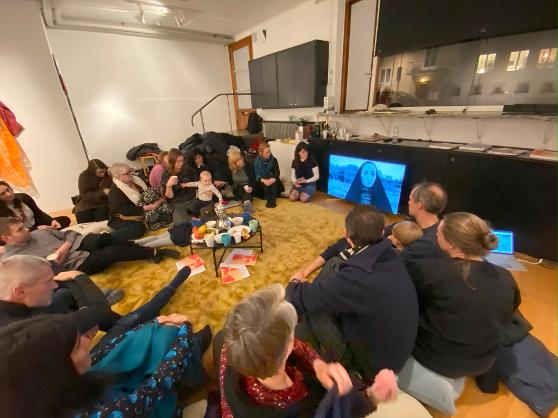
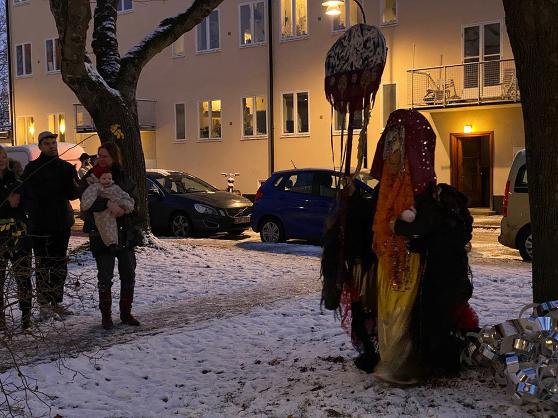
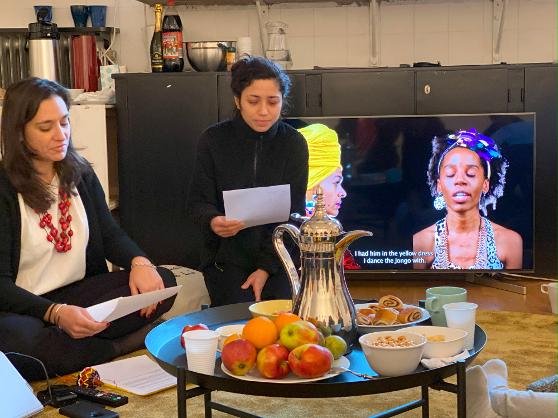
Something Can Happen Beyond Expectation
Venue//Centraljukhuset//Karlastad_Sweden
Artists: Djamel Benchenine - Nikolina Stallborn - Nisrine Boukhari - Rezan Arab - Shelley Vanderbyl
Curator: Abir Boukhari
We humans use language, its descriptions, and its expressions, as a basic skill to speak about what we need, want, and what we face. However, what happens when we find ourselves incapable of speaking about our hard experiences? What if our brain hides these bad experiences in our subconsciousness in an attempt to safeguard itself? Art therapy benefits individuals who have survived trauma resulting from war, abuse or natural disaster.
People with adverse physical health conditions are greatly helped by art therapy. It also aids people in resolving their internal conflicts, improving their interpersonal lives and dealing with their problematic behaviours.
In my project, I am looking to the works of some artists that I know, who I have met or spoken to. The works of these artists motivate me to think: Do artists generally use art as a therapy to help themselves first?
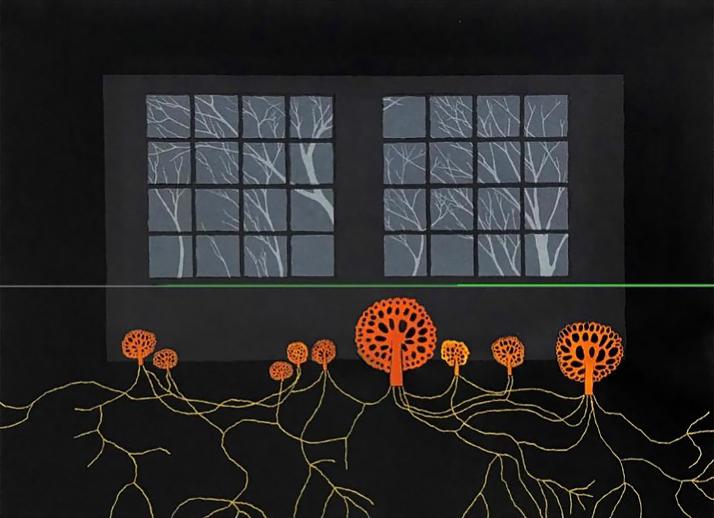
Thoughts on a Vague Road
Venue//Sörmland Museum//Nyköping_Sweden
Artists: Muhammad Ali - Rezan Arab - Nisrine Boukhari - Mahmoud Dayoub - Diana Jabi
Curator: Abir Boukhari
What would be like if you had to leave your home, facing serious risks on the way to who-knows-where, reaching a place where you may not know the culture or the language, being away from your home and often without your family and friends?
Here, in the new land, you are told that you are lucky to have the chance to start a new life but what is the plan for tomorrow.
Not so long ago, you had a vision and your own plan for the future, but all of that is gone now. The war in your country broke your dream, and you have no idea if you will ever be back to your homeland. The past is painful, the future is vague, and you are standing here in between the two. In the new place, you have met many new people. You want to share from your past, to show how beautiful your life was before the war, to convey the true image about your beloved Syria, before the war. You want to smile at them, to answer each question they have for you and to show that you are grateful to be here.
In my line of work as a curator, I am used to giving interviews. Since the war started, I have been faced with many questions about my country. I realized once that every time I explained the situation, I was adding, "It's so complicated to explain." I find many times that words are insufficient. How can you explain this pain without looking broken or feeling that you are losing your dignity? How does one be real and not feel bare and emotional? How can you express the sadness and the yearning for what used to be?
Most of the time when you speak, you feel that you have not rightly expressed your feelings, you look back, hating the moment that you were unsuccessful at hiding your tears.
How can you transform your pain into words? What kind of phrases can you use to explain your loss? How will you avoid looking heartbroken? Can one avoid talking about the war? Sometimes you will be able to, and feel relieved, but the next day you will feel guilty that you didn't defend your dear country and to show at least part of the real image, the image that isn’t being portrayed.
Words fail!
Art is a common language that can reach people. It provides a compelling way forward out of this dilemma, in which we are unable to communicate these difficult feelings. It allows those who have experienced acute hardship to both gently process their pain and offers the glimmer of hope that communicating their experience might change the world for the better, so that others in humanity might never experience that tragedy. Through viewing art, perhaps we can tune into the voices of those who are speaking against the war and drawing attention to those who suffer. Art allows people to bring to light the hard parts of their memories, to convey the losses they have experienced, and to communicate the pain of being away from their home.
For this exhibition, I have selected five Syrian artists who left Syria because of the war. Their works connect the viewer to various points and aspects of the artist’s life and experience. They are not only representing themselves but many other people who might find themselves speechless in the face of the war.
Art is a uniquely valuable tool for cross-cultural understanding. The great evidence of a people's humanity to relate us to each other. Through art, we are making statements against the war, against division, and connecting our lives together.
Abir Boukhari
Stockholm/August/2017
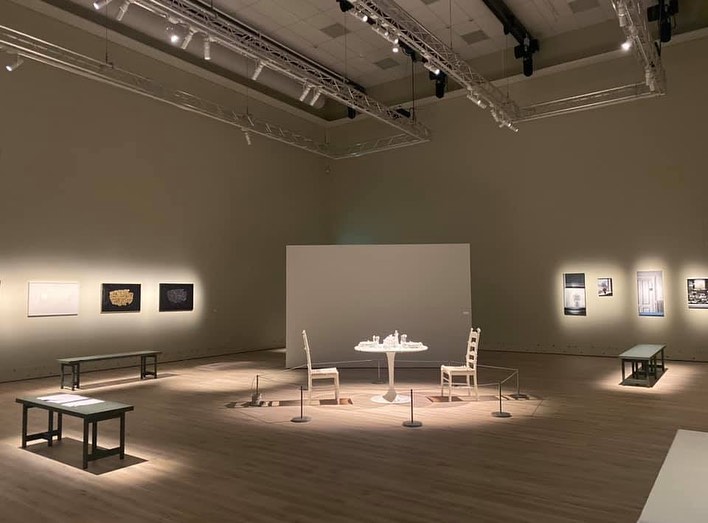
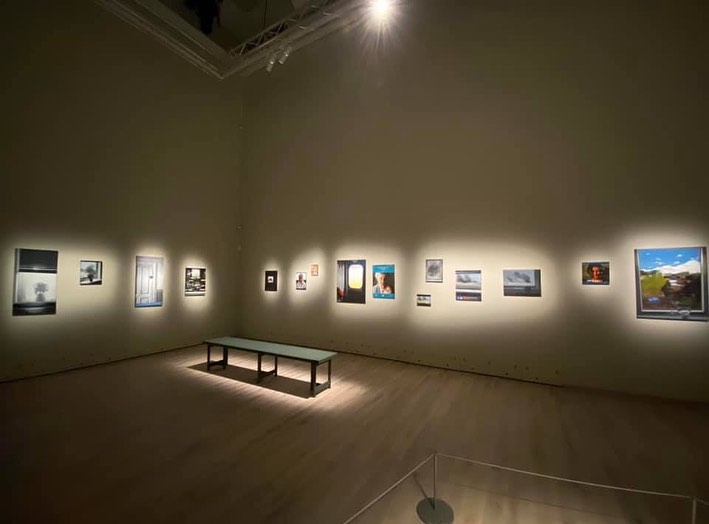
The City Shines Every Day With New Stories
Venue//WIP:STHLM//Stockholm
Artists: Felice Hapetzeder - Juanma González - Karine Mannerfelt - Mapping The Unjust City Collective
Maria Lantz - Mourad Kouri - Muhammad Ali - Nisrine Boukhari
Curator: Abir Boukhari
Every place was made by the accumulated layers of stories of its inhabitants; those who have been making and telling a new story each day. The words come from people's lives and their own experiences or merged with others' narratives. Sometimes they will combine their tales with imaginations or exaggerations to create their legends and advert heroism.
Listening, hearing and collecting narratives of a place are ways to start to discover, see and probably imagine your life in a new place where you commenced to experience and to live.
We are passengers in a new city, listening to stories from its inhabitants, hearing the whispers of its fairytales, smelling the scent of previous passengers who passed by here like us and giving ourselves the right to narrate their/our stories. Soon, we are going to make our urban legends too.
The project focuses on the relation between stories of the others to discover Stockholm and what it means to become part of the city regardless of your birthplace, origin or any other predefined category the one might belong to or being categorized into It is an attempt to open a discussion and questioning the possibilities and fears the one might face.
Are we creating a new story or is it just the continuation of the already told story by others? Do we have the right to tell the stories of a place which is not ours yet but it might become our new settlement and our children's home or we have to collect the stories of others who experienced the place generation after others?
Abir Boukhari/Stockholm/2019
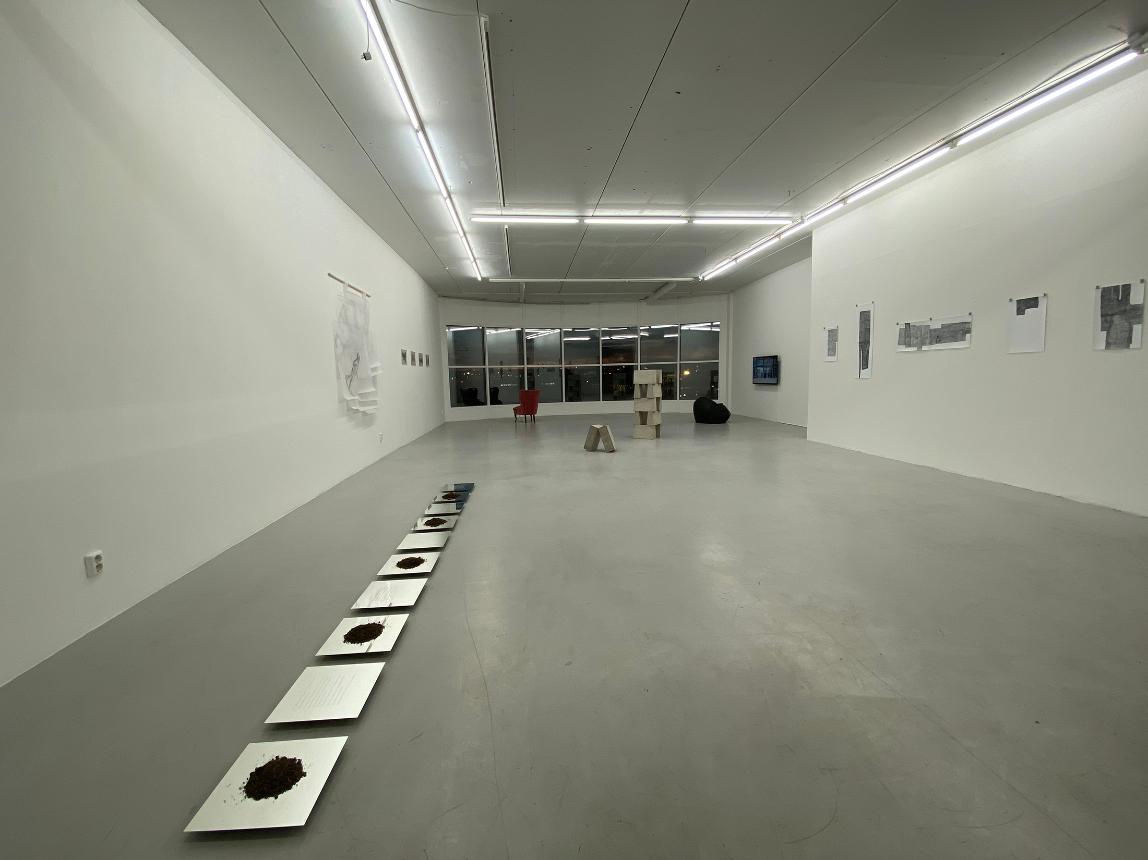
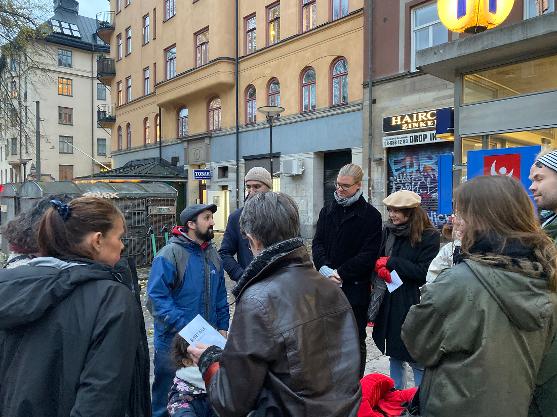
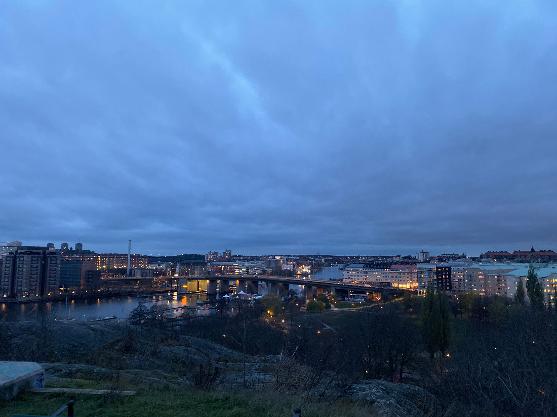
Contemplations On Wandering City
Venue//Aleksanterin linna//Mänttä_Finland
Artist: Nisrine Boukhari
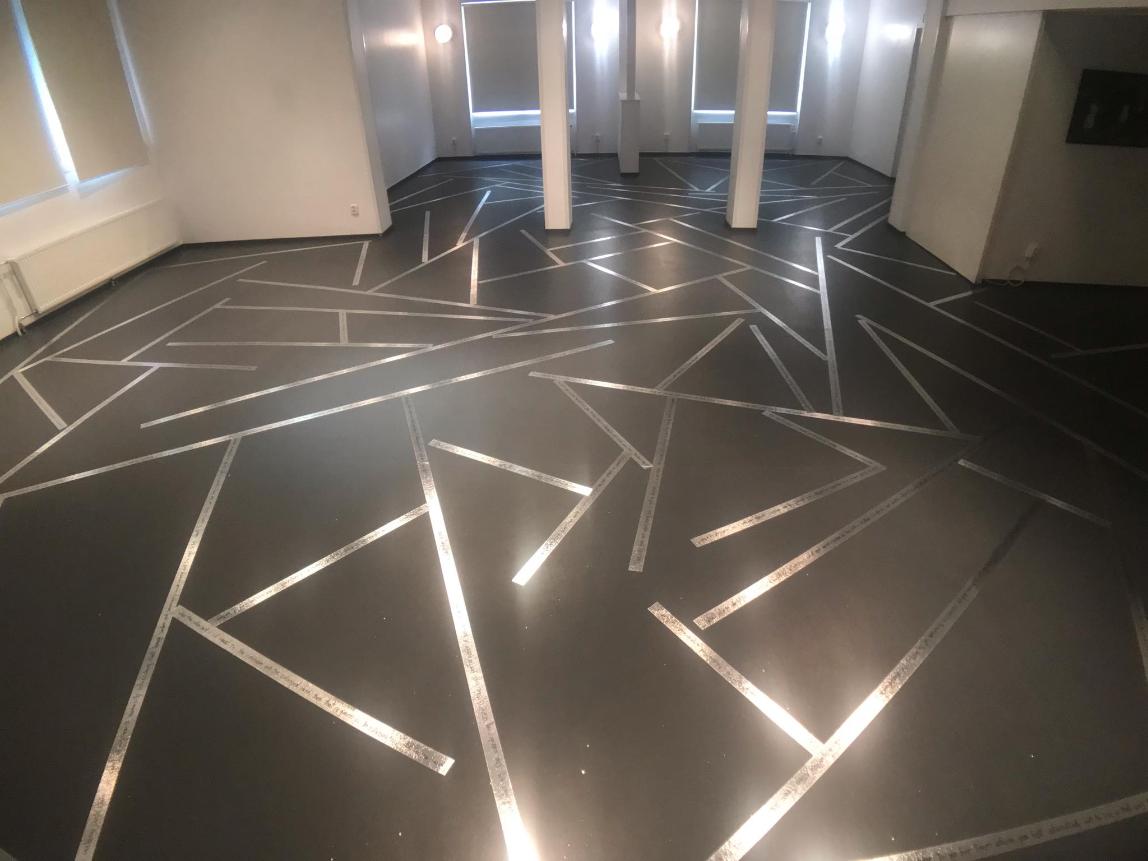
Archives Itineraries to the Future
Venue//Botkyrka konsthall//Fittja_Sweden
Artists: Paula Urbano - Nisrine Boukhari - Muhammad Ali - Khaled Ramadan - Pia Sandström - Esme Bulduk & Zeliha Agrali - Maja Sten.
Archive design: Kamen Zlatev in collaboration with Adam Gustafsson & Astrid Eriksson.
Curator: Abir Boukhari
The first presentation in Labyrint & The Archive is in dialogue with the exhibition FROM HERE and curated in collaboration with Abir Boukhari, co-founder of AllArtNow. In 2016, Abir spent six months in Residence Botkyrka in Fittja, and has since then contributed to Botkyrka konsthall’s programme. AllArtNow is considered to be the first independent collective space for contemporary art in Syria, but has since 2012 operated in a nomadic way, collaborating with various institutions around the world.
In Residence Botkyrka, Abir has been interested in connecting with artists in the diaspora as well as reflecting upon issues of displacement and exile. In her recent projects, she suggested “the archive” as a way to understand the creative chronology of moments and place. In the archive of Residence Botkyrka, she has selected a number of works that were produced before, during or after artists’ stays in Fittja, or works that engages with the multi-layered experiences of the place – suggesting an itinerary for the future.
Botkyrka konsthall in Fittja is presenting a new space where history meets the present and the future through a living archive, exhibitions and programmes.
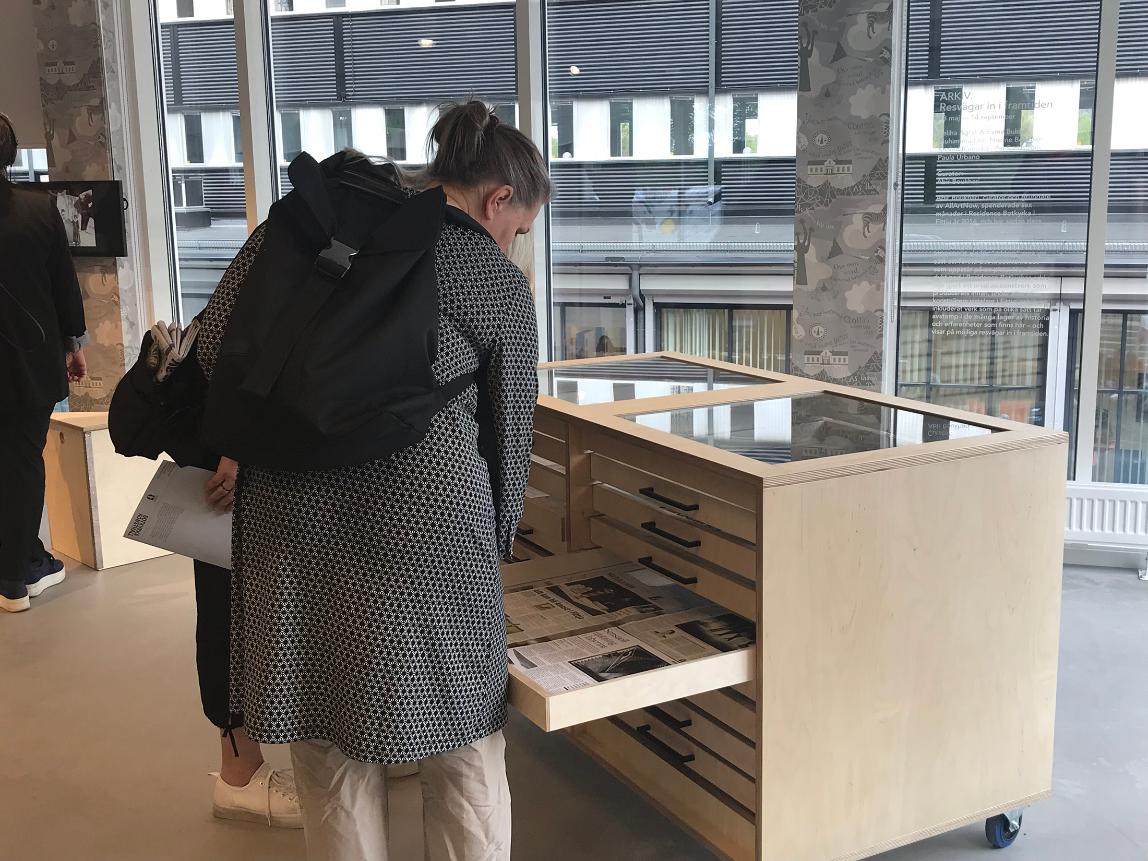
The Curator's Flavour
Guest curator: Elham Khattab from Egypt
Khattab will talk about one of her new programs, which she founded in Cairo to host artists "Out of the Circle_residency."
Elham Khattab is the founder of "Out Of the Circle" initiative which has been the cradle for numerous visual and digital art projects in Egypt and abroad as she is the founder of DI-EGY FESTIVAL. She served as a researcher with Pro-Helvetia, focusing on digital arts in Geneva, Zurich, and Basel in the year 2015.
Khattab is currently pursuing a fellowship in art management in Devos Institute at Maryland University in Washington D.C
"The Curator's Flavour" is a new informal meeting program to join a curator talk and meal. The program is structured as an invitation for a guest curator who will bring his particular "flavours" to share with others, speak and chat about his upcoming projects and the possibilities to collaborate.
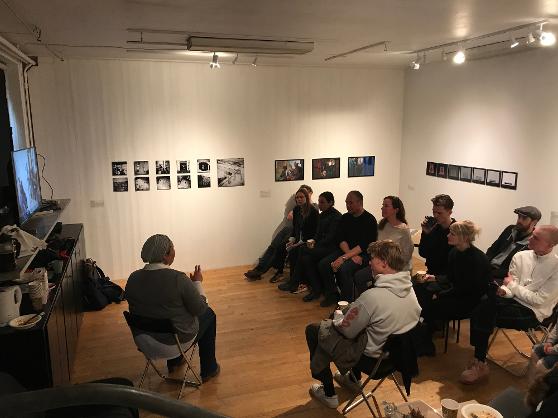
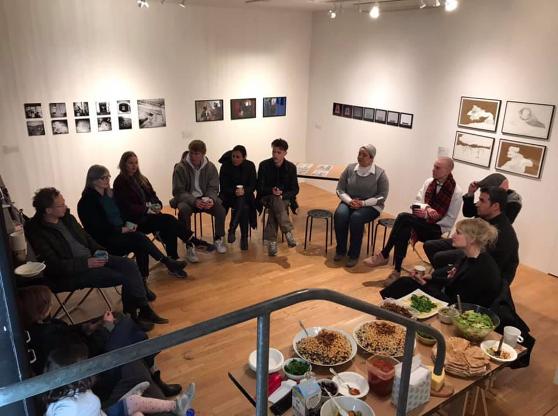
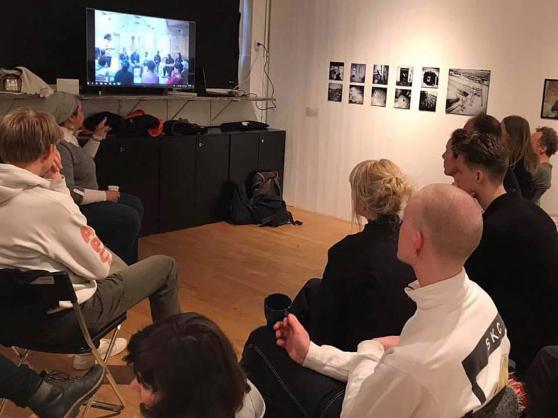
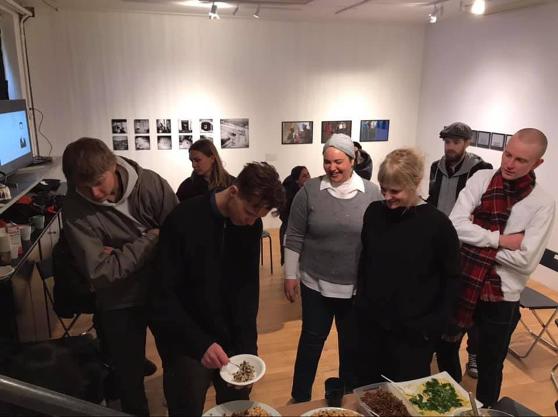
Anytime, Anyhow, Anywhere?
Experimenting with time and site-specificity in Biennials
/PANEL DISCUSSION/
Participants: Caroline Malmström, Signe Johannessen, Karl Sjölund, Marti Manen & Youness Atbane
Moderator: Meryem Saadi
According to the Biennial Foundation’s, there are around 250 biennials operating today in the world. They are more and more institutionalized - often taking place in the “white cubes” of art museums and galleries - and their format tends in general to follow similar codes and patterns. Art historian Terry Smith identified four fundamental characteristics of the biennial form. In his article titled “Biennials: Four Fundamentals, Many Variations”, he describes a biennial as an “exhibitionary” and “distributed” events, with a “condensed contemporaneity”, that deals with the “the local, the regional and the international”. How can curators and artists experiment and play with time and site-specificity to create different types of biennials? What are the challenges that can arise when trying to break with the fundamentals cited by Smith?
The following participants, who are involved in different projects dealing with these questions, will share their own experiences and discuss them:
Caroline Malmström and Signe Johannessen from Art Lab Gnesta launched the Swamp Storytelling project 2014, which manifested in the Swamp Biennial in 2016 and 2018. Conceived together with artists, scientists and the young people of Gnesta, the project invited the audience to step in into “moisture, mud and reed” to discover site-specific artworks which explore “the mythological, biological and political dimensions of the wetlands”.
Karl Sjölund is an artist and musician based in Boden and Stockholm. For the 2018 edition of the Luleå Biennial, he created Sense of War in the former military Rodberg fortress, a site-specific installation about waiting for a war that never starts. Through sound, video, archival material and found objects, he transformed the rooms and hallways of the fortress into a multi-layered exhibition space.
Marti Manen is the curator of the 10th edition of Momentum that will take place in Moss (Norway) between June and October 2019. Titled The emotional exhibition, this edition will look back at the nine previous ones and will also “offer a way to deal with formats, definitions, identities and emotions with a need to reformulate how to act and what to do”.
Youness Atbane lives and works between Casablanca and Berlin. After the cancellation of the Marrakech Biennale in 2018, he and artists M’barek Bouhchichi and Simohammed Fettaka launched The fictional Marrakech Biennale, a collective project conceived as a publication around an imaginary edition of the Biennale that would take place in an imaginary Moroccan city.
The discussion will be introduced and moderated by Meryem Saadi, a Moroccan curator based in Stockholm.
The event is hosted by AllArtNow, Syria’s first venue of contemporary art that was co-founded in 2005 in Damascus by artist Nisrine Boukhari and curator Abir Boukhari. After giving its building to refugee families in 2012, it became a nomadic platform. In March 2019, AllArtNow opened a new temporary space in Stockholm, and is currently developing new projects investigating issues of mobility, displacement and exile.
This panel discussion is part of a degree project within Curating Art, International Master’s Programme at Stockholm University.
Image credit: "The Moroccan Contemporary Island" from the “Fictional Marrakech Biennale” project by artists Youness Atbane, M’barek Bouhchichi and Simohammed Fettaka
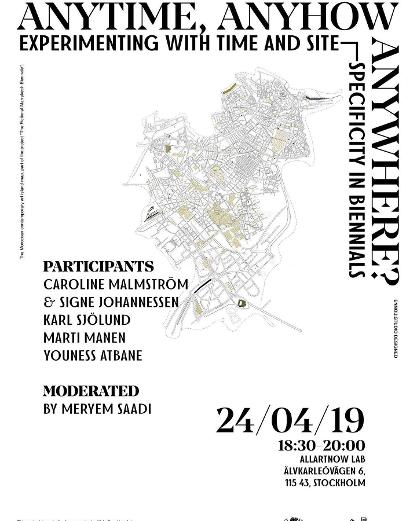
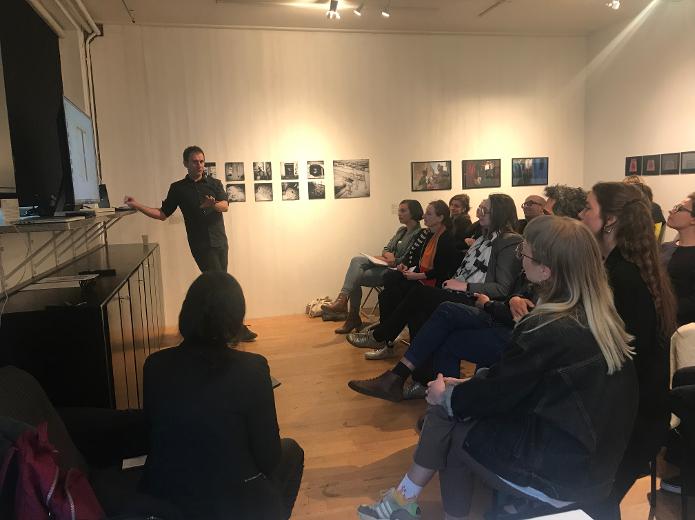
Something Can Happen Beyond Expectation
Venue//Supermarket Art Fair//Stockholm
Artists: Muhammad Ali - Nisrine Boukhari - Nikolina Stallborn - Ramesch Daha - Reazan Arab
Curator: Abir Boukhari
Does art able to be a powerful tool for improving our life? We, humans, use language as a basic skill to speak about what we need, want, and what we face. However, what happens when we find ourselves incapable of speaking about our hard experiences? What if our brain hides these bad experiences in our subconsciousness in an attempt to safeguard itself? Art therapy benefits individuals who have survived trauma resulting from war, abuse or natural disaster.
eople with adverse physical health conditions are greatly helped by art therapy. It also aids people in resolving their internal conflicts, improving their interpersonal lives and dealing with their problematic behaviors. In my project, I am looking to the works of some artists that I know, who I have met or spoken to. The works of these artists motivate me to think: Do artists generally use art as a therapy to help themselves first? When the artist creates work in the process of expressing difficult interpersonal experience, I wonder if viewing the resultant works would benefit those who don’t have the same artistic skills? Will the artist’s vulnerability open door for the viewer to think about their problem? Can the artist lead the way in this process of internal discovery? Is it therapeutic to speak about our problems as if the viewers are the artists? Is it possible that I, the viewer, will feel better when I see I am not the only one who faces hard experiences.
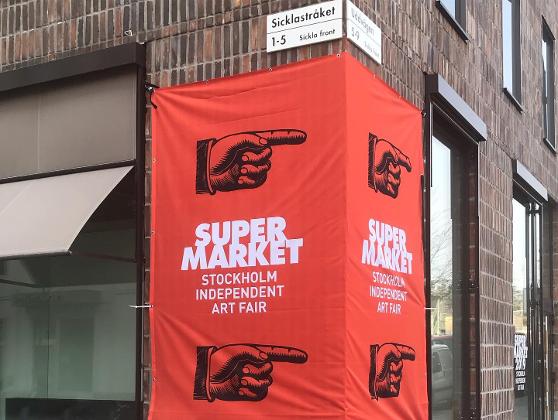
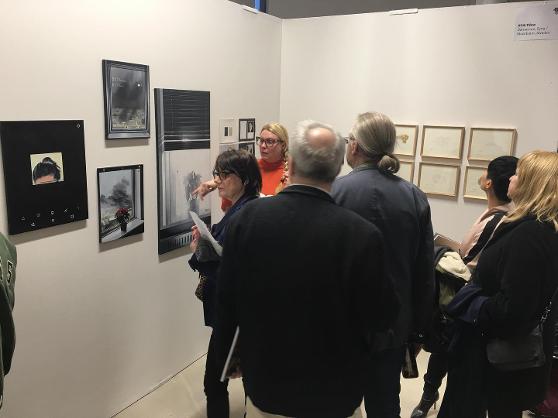
Waypoint Algeria
Artists: Arslan Bastaoui - Djamel Benchenine - Mehdi Djelil - Nawel Louarred
Fethi Sahraoui - Fatima Shafaa - Merieme Touimer - Sofiane Zouggar
Curated by AllArtNow & Box24
Current socio-political and economic conditions have created a growing wave of people experiencing a nomadic way of life, constantly having to move, and unable to settle and establish roots. Culture is being expressed, acknowledged and retained in various forms by those in this nomadic condition. Meanwhile, it can be more challenging to pinpoint the still-rooted culture makers of the home region, the intellectuals, and artists who have the vision to shape the future of their locale.
In the project Waypoint, we are connecting with these artists, thinkers, and creatives who are still engaged in their local setting and communities, who are working in continuity with their historical narrative. Dedicated to both preserve, and also to further the cultural heritage of their time, in their home region. Waypoint is an ongoing project that will introduce glimpses into various art scenes in collaboration with artists and curators, still active in their countries.
The first Waypoint project is from Algeria. We are collaborating with the art space, BOX 24 which has been established in Algeria since 2008, by artist/curator Walid Aidood.
Box24 has grown into a platform for young Algerian artists, facilitating art projects, creating new opportunities and collaborations with an international art scene.
In this project, we invite Box24 to co-curate an exhibition that shows a number of emerging and established Algerian artists, as well as give a talk about the art scene in Algeria.
The project will be the first meeting to connect this particular part of the art world to the audience in Sweden, bringing a wide range of artists together in the future.
In Waypoint-Algeria, we are exploring questions such as: How are artists defining the idea of their own place and of being local in it? What does it mean to be both mentally and geographically connected to your own culture and history in this day and age? How are the local artists who are living and experiencing the political-social moments in a specific place presented to the rest of the world? How can we connect and engage in a discussion about each other's perspectives? What is the value of an artist making their statements from his/her daily life, experienced while living in his familiar home region?
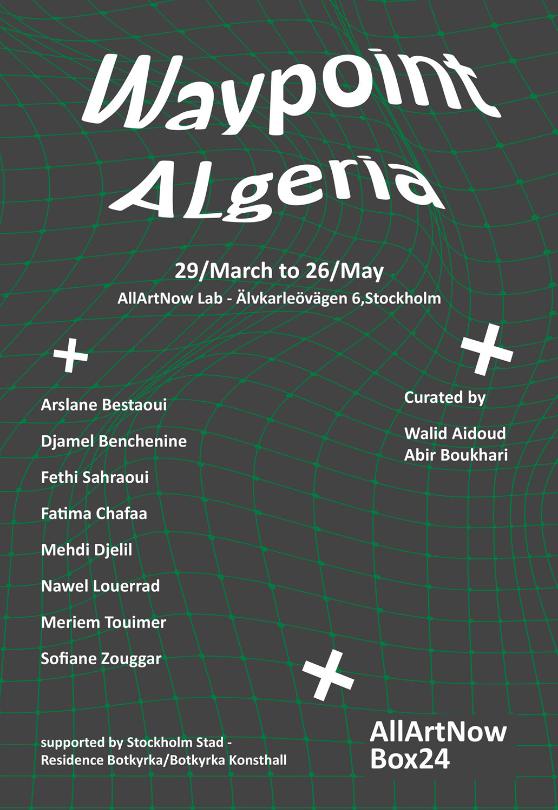
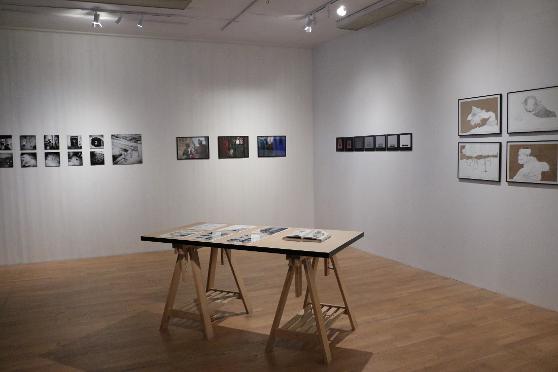
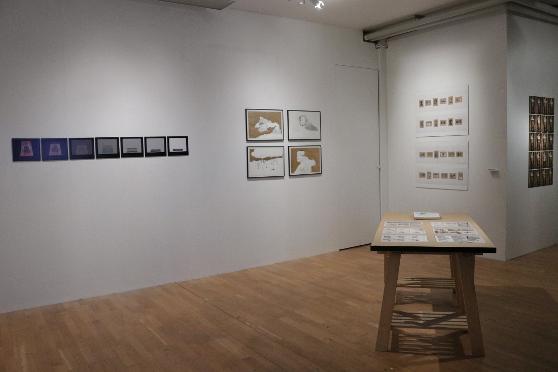
artist talk
Talk between artist Sofiane Zouggar, curator Walid Aidood (BOX 24) and Abir Boukhari (AllArtNow).
The talk is part of the exhibition project Waypoint (Algeria) curated by Abir Boukhari and Walid Aidood, that is presented at AllArtNow Lab.
The talk will be held tomorrow Monday at Botkyrka residency space.
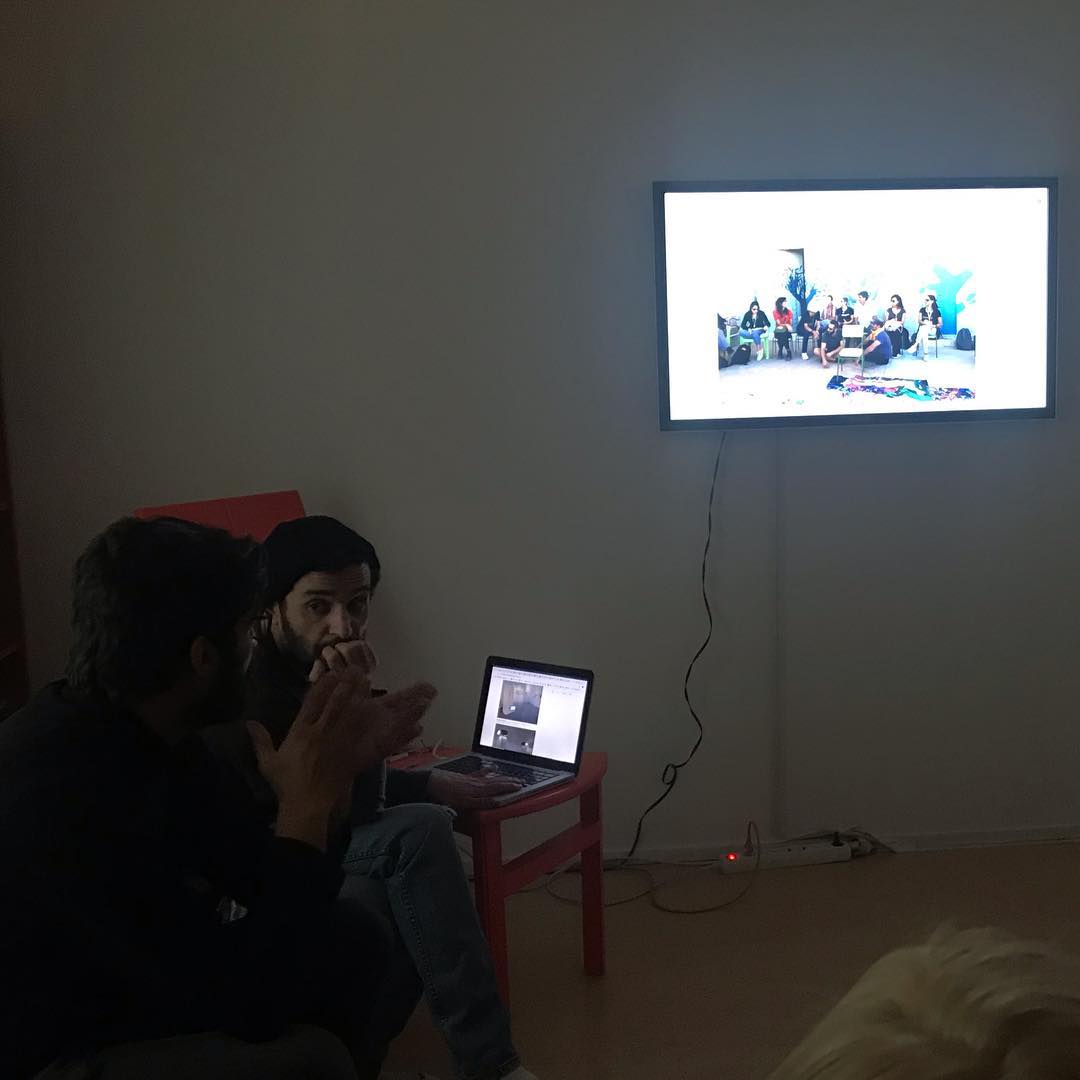
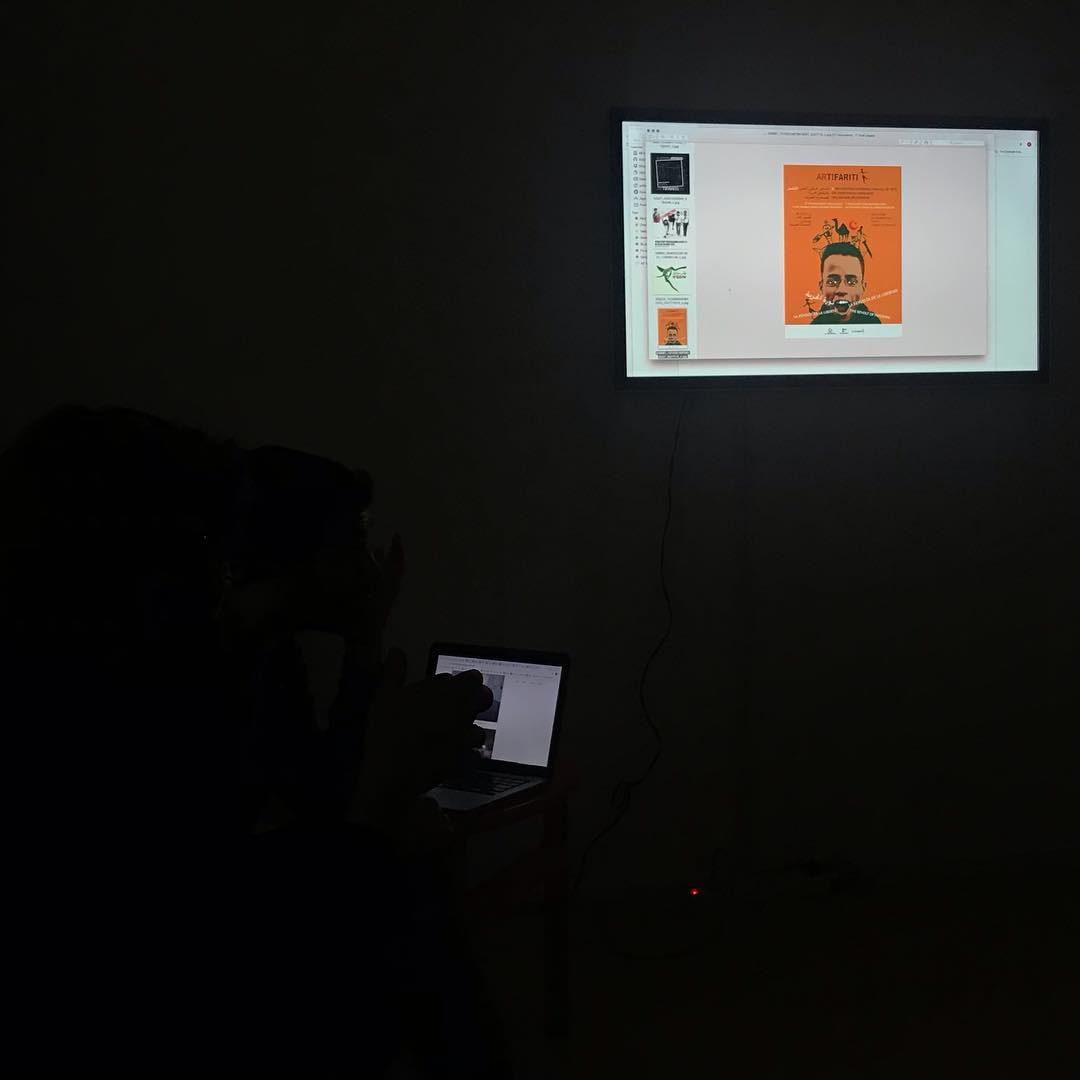
Thoughts on a Vague Road
Venue//Ebelingmuseet//Eskilstuna_Sweden
Artists: Muhammad Ali - Rezan Arab - Nisrine Boukhari - Mahmoud Dayoub - Diana Jabi
Curator: Abir Boukhari
What would be like if you had to leave your home, facing serious risks on the way to who-knows-where, reaching a place where you may not know the culture or the language, being away from your home and often without your family and friends?
Here, in the new land, you are told that you are lucky to have the chance to start a new life but what is the plan for tomorrow.
Not so long ago, you had a vision and your own plan for the future, but all of that is gone now. The war in your country broke your dream, and you have no idea if you will ever be back to your homeland. The past is painful, the future is vague, and you are standing here in between the two. In the new place, you have met many new people. You want to share from your past, to show how beautiful your life was before the war, to convey the true image about your beloved Syria, before the war. You want to smile at them, to answer each question they have for you and to show that you are grateful to be here.
In my line of work as a curator, I am used to giving interviews. Since the war started, I have been faced with many questions about my country. I realized once that every time I explained the situation, I was adding, "It's so complicated to explain." I find many times that words are insufficient. How can you explain this pain without looking broken or feeling that you are losing your dignity? How does one be real and not feel bare and emotional? How can you express the sadness and the yearning for what used to be?
Most of the time when you speak, you feel that you have not rightly expressed your feelings, you look back, hating the moment that you were unsuccessful at hiding your tears.
How can you transform your pain into words? What kind of phrases can you use to explain your loss? How will you avoid looking heartbroken? Can one avoid talking about the war? Sometimes you will be able to, and feel relieved, but the next day you will feel guilty that you didn't defend your dear country and to show at least part of the real image, the image that isn’t being portrayed.
Words fail!
Art is a common language that can reach people. It provides a compelling way forward out of this dilemma, in which we are unable to communicate these difficult feelings. It allows those who have experienced acute hardship to both gently process their pain and offers the glimmer of hope that communicating their experience might change the world for the better, so that others in humanity might never experience that tragedy. Through viewing art, perhaps we can tune into the voices of those who are speaking against the war and drawing attention to those who suffer. Art allows people to bring to light the hard parts of their memories, to convey the losses they have experienced, and to communicate the pain of being away from their home.
For this exhibition, I have selected five Syrian artists who left Syria because of the war. Their works connect the viewer to various points and aspects of the artist’s life and experience. They are not only representing themselves but many other people who might find themselves speechless in the face of the war.
Art is a uniquely valuable tool for cross-cultural understanding. The great evidence of a people's humanity to relate us to each other. Through art, we are making statements against the war, against division, and connecting our lives together.
Abir Boukhari
Stockholm/August/2017
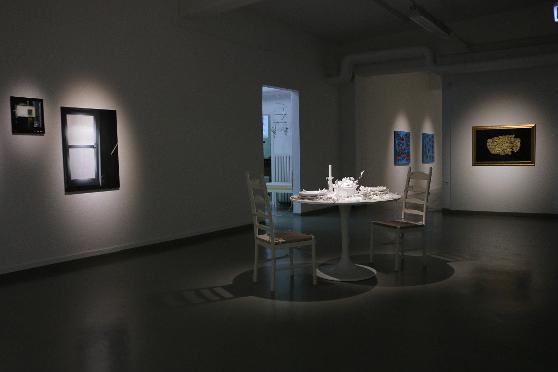
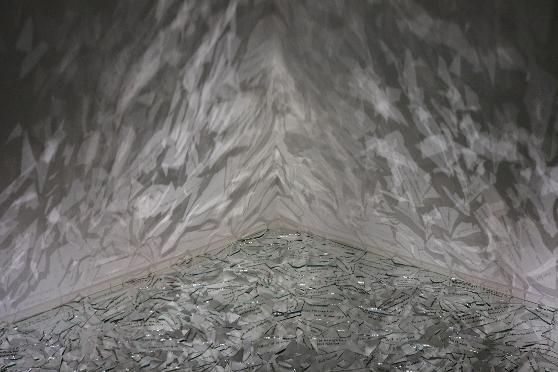
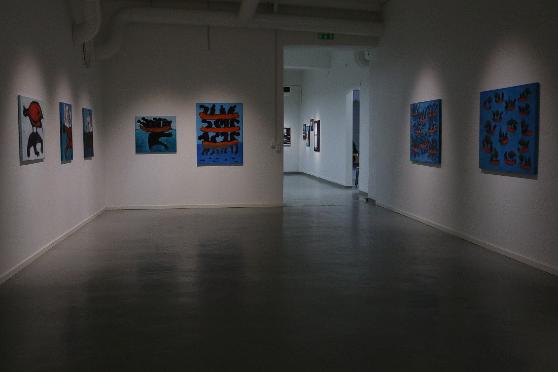
<-- 2019
